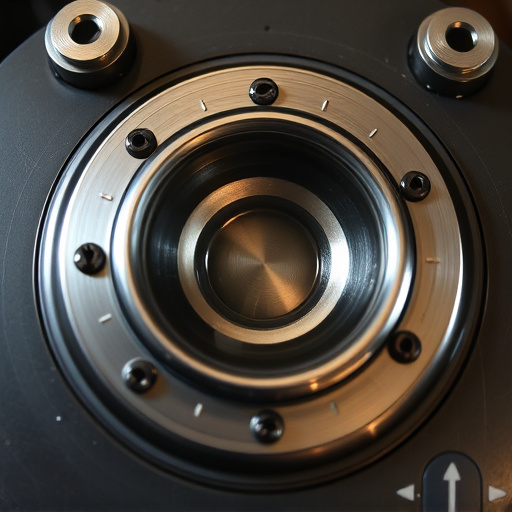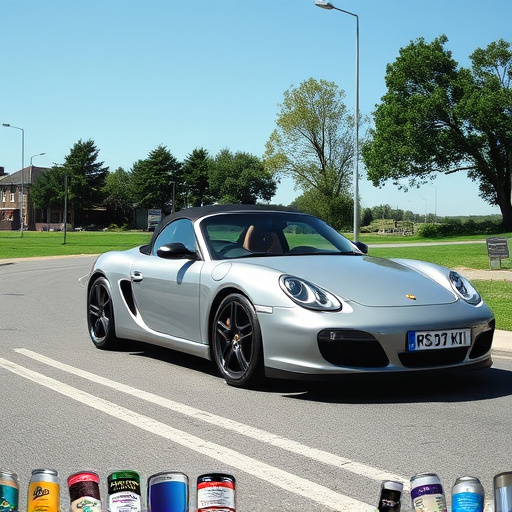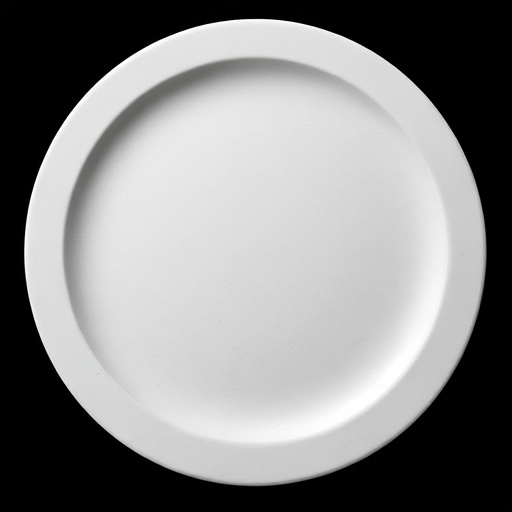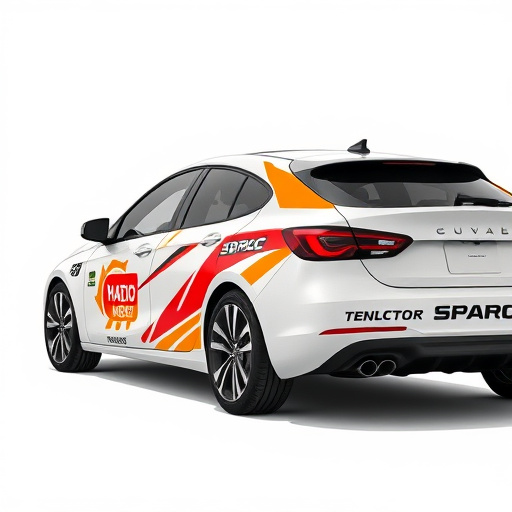Swirl marks on paint result from disruptions in application processes. Their prevention and removal require understanding triggers like improper preparation and environmental factors. Effective strategies include specialized compounds with fine abrasives, microfibers, polishing pads, chemical solutions, and protective coatings. Severity of scratches guides tool and technique selection, with gentle compounding for light marks and aggressive kits for deeper damage. Regular washing and waxing prevent swirl marks on delicate surfaces like ceramic coatings and vinyl wraps.
Discover the ultimate guide to achieving flawless paint surfaces with effective swirl mark removal techniques. This comprehensive article explores the intricate world of swirl marks across various paint types, offering a deep dive into proven methods for their successful elimination. From understanding the causes to mastering tips and tricks, we empower you to achieve perfection on every surface. Uncover the secrets to removing swirl marks once and for all with our expert insights tailored for your convenience.
- Understanding Swirl Marks Across Paint Types
- Effective Methods for Removal: A Comprehensive Look
- Achieving Perfection on Every Surface: Tips and Tricks
Understanding Swirl Marks Across Paint Types

Swirl marks, those unsightly streaks or ripples on a painted surface, can appear on various paint types, from automotive finishes to artistic murals. Understanding how they form is key to effective swirl mark removal. In the context of vehicle wraps, heat rejection plays a significant role; rapid heating and cooling during application can cause moisture traps, leading to these marks. Similarly, custom graphics often require precise application techniques, and any missteps can result in swirling. Wall art and other decorative pieces may suffer from similar issues due to environmental factors or application errors.
Regardless of the paint type, swirl marks share a common origin: disruption of the painting process. This could be due to improper surface preparation, inadequate drying time, or inconsistent application pressure. Recognizing these triggers is crucial for effective prevention and removal. With the right approach, whether it’s tackling vehicle wraps or fine art pieces, swirl mark removal can restore surfaces to their original beauty.
Effective Methods for Removal: A Comprehensive Look

When it comes to swirl mark removal, understanding effective methods is key. Swirl marks, often caused by car washing or debris, can be a nuisance for any vehicle owner. The good news is, there are several techniques that prove successful across various paint types.
One popular and reliable method involves using specialized compounds designed for swirl mark removal. These compounds contain fine abrasives that gently buff away the damaged areas without damaging the surrounding paint. Another approach is to employ microfibers and polishing pads for a more meticulous clean. For stubborn marks, chemical solutions can be applied, breaking down the residue before it’s removed through polishing. Moreover, window tinting or custom vehicle wraps can offer protection against swirl marks by adding an extra layer of defense against environmental factors. Even vinyl wraps, while primarily used for aesthetics, can provide some resistance to swirl damage.
Achieving Perfection on Every Surface: Tips and Tricks
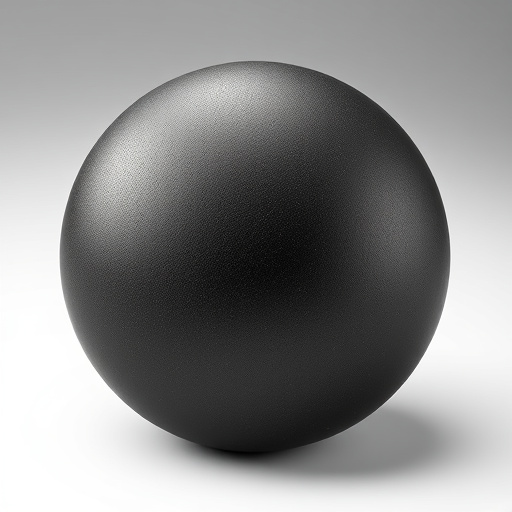
Achieving flawless results when removing swirl marks from various surfaces is an art that requires the right tools and techniques. The key to success lies in understanding the unique properties of each paint type and surface, whether it’s a glossy finish, matte paint, or even delicate vinyl wraps. Start by identifying the severity of the swirl marks; lighter scratches can often be corrected with gentle polishing compounds and microfiber cloths, while deeper gouges might demand more aggressive methods, such as specialized swirls mark removal kits.
For ceramic coatings, known for their hard, protective layer, a mild chemical compound is usually sufficient to break down the mark without damaging the coating. Vinyl wraps, on the other hand, require extra caution due to their sensitive nature; a soft-buffered pad and a gentle cleaning solution tailored for plastic are ideal. Remember, prevention is always better than cure; regular washing and waxing can significantly reduce the likelihood of swirl marks forming, ensuring your vehicle’s or furniture’s paint job stays pristine for longer.
Swirl marks, once considered a stubborn imperfection, can now be effectively removed from any paint type with the right approach. By understanding the causes and various methods of removal, from chemical solutions to mechanical techniques, you’re equipped to achieve flawless results on any surface. Remember, proper preparation and patience are key to successful swirl mark removal, ensuring your painted surfaces look as good as new.




